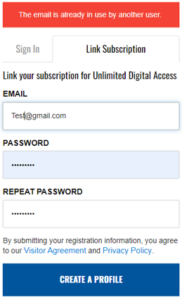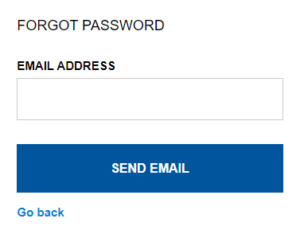WASHINGTON — U.S. Department of Agriculture (USDA) Deputy Secretary Steve Censky announced two new efforts to provide states and school districts with additional flexibility and support to operate more efficient school meal programs. Censky made the announcement during a speech at the School Nutrition Association Legislative Action Conference in Washington, D.C.
Child Nutrition Hiring Flexibility Rule
In 2015, USDA established education and training requirements for nutrition professionals as part of the Healthy, Hunger-Free Kids Act of 2010. While this strengthened many school meal programs, some small school districts faced challenges finding qualified applicants to direct their local food service operation. The recent proposal would provide much-needed relief for school districts with less than 2,500 students, allowing them more flexibility in the hiring of new school nutrition program directors.
“Small and rural school districts will no longer have to overlook qualified food service professionals because of one-size-fits-all standards that don’t meet their needs,” said Censky. “We trust our local partners to hire talented school nutrition program directors who will manage the meal service in a way that protects the health and well-being of students.”
USDA is providing a 60-day public comment period and will then develop a final rule that responds to the needs of partners and stakeholders.
Child Nutrition Food Crediting Request for Information
To support states’ efforts to improve program integrity, USDA also rolled out a suite of customizable resources to help local school districts improve the accuracy of their school meal application processes. These resources include support for online applications, evidenced-based materials, and best practices to simplify the process for families and ensure that eligible children receive free and reduced-priced meals.
“USDA’s goal to do right and feed everyone starts with our children,” said Censky. “We are committed to giving states and school districts more tools and options to build a bright, self-sufficient future for America’s children through well-managed school meal programs.”
As part of this package, USDA is offering guidance to help schools utilize its award-winning, open-source online school meal application model. USDA developed the application with input from local food service professionals. The customer-friendly design of the model is intended to increase the integrity of the application process by reducing common mistakes families make when applying for free or reduced-priced school meals.
“These tools are the benchmark for future innovation and give schools 21st century resources and strategies to run efficient food service operations, now and into the future,” Censky said. “Schools can ensure the proper use of funds for feeding students in need, protecting the taxpayer dollar through high integrity programs.”
USDA invites software developers in private industry to join schools in delivering customer service by helping them tailor their own applications.
The announcement is the latest in a series of recent USDA actions to expand flexibility and ease challenges for partners and stakeholders who help feed our nation’s children. Other actions include:
Publishing the School Meal Flexibility Rule, which provides local food service professionals the flexibility they need to serve wholesome, nutritious, and tasty meals in schools across the nation.
Releasing “The Food Buying Guide,” a mobile app that puts critical information at the fingertips of food service professionals and makes it easier for them to plan wholesome, nutritious, and tasty school meals.
Selecting Kansas State University to direct the Center for Food Safety in Child Nutrition Programs, which will help improve food safety across all of USDA’s child nutrition programs.
Inviting the public to submit ideas on food crediting, the system that defines how each food item contributes to meal requirements under the National School Lunch Program and other federal child nutrition programs.
About 100,000 schools and institutions feed 30 million children through the National School Lunch Program and nearly 15 million children through the School Breakfast Program. Many of these children receive their meals at no cost or for a reduced price according to income-based eligibility.
USDA’s Food and Nutrition Service (FNS) administers 15 nutrition assistance programs, including the National School Lunch and School Breakfast programs, the Child and Adult Care Food Program, the Summer Food Service Program, the Special Supplemental Nutrition Program for Women, Infants and Children, and the Supplemental Nutrition Assistance Program, which together comprise America’s nutrition safety net.




